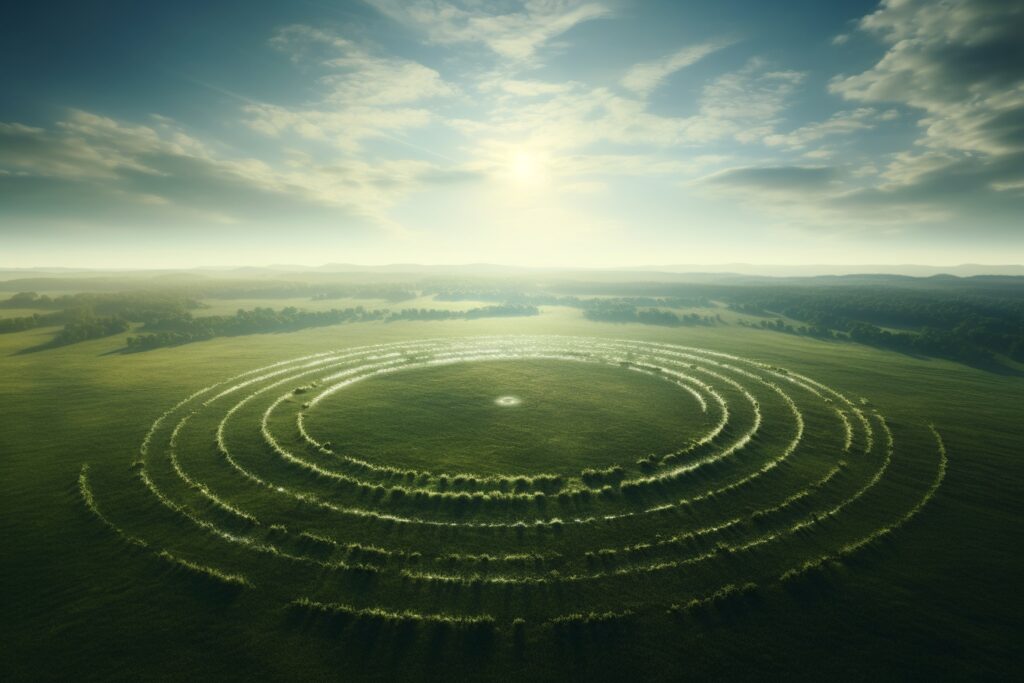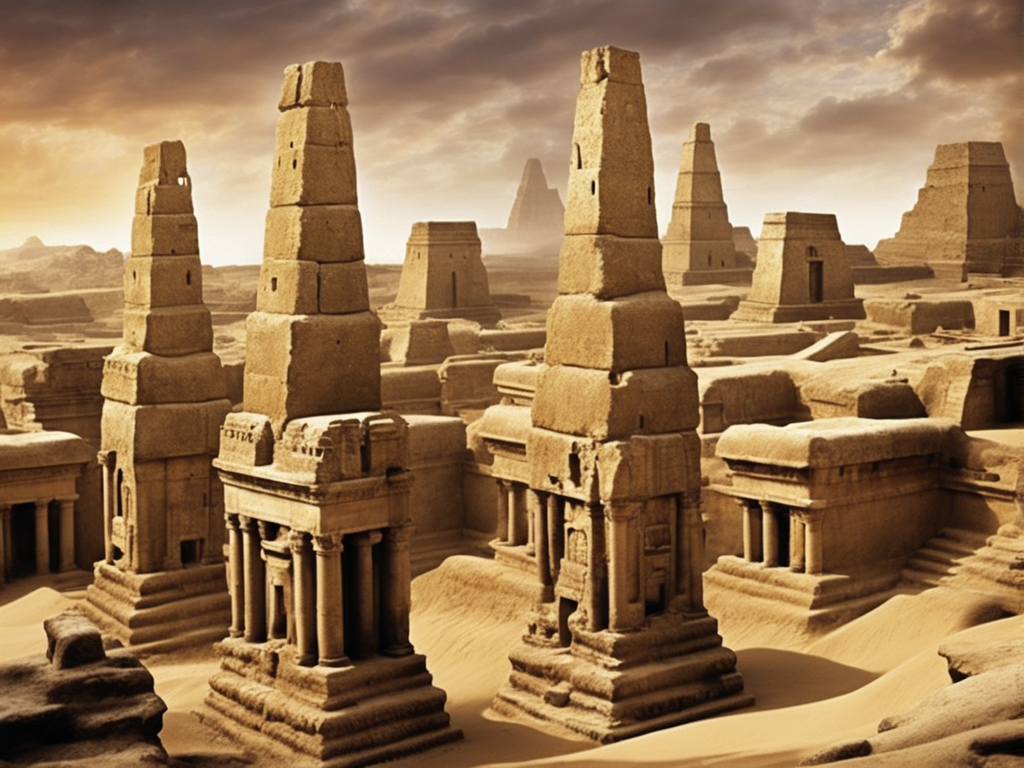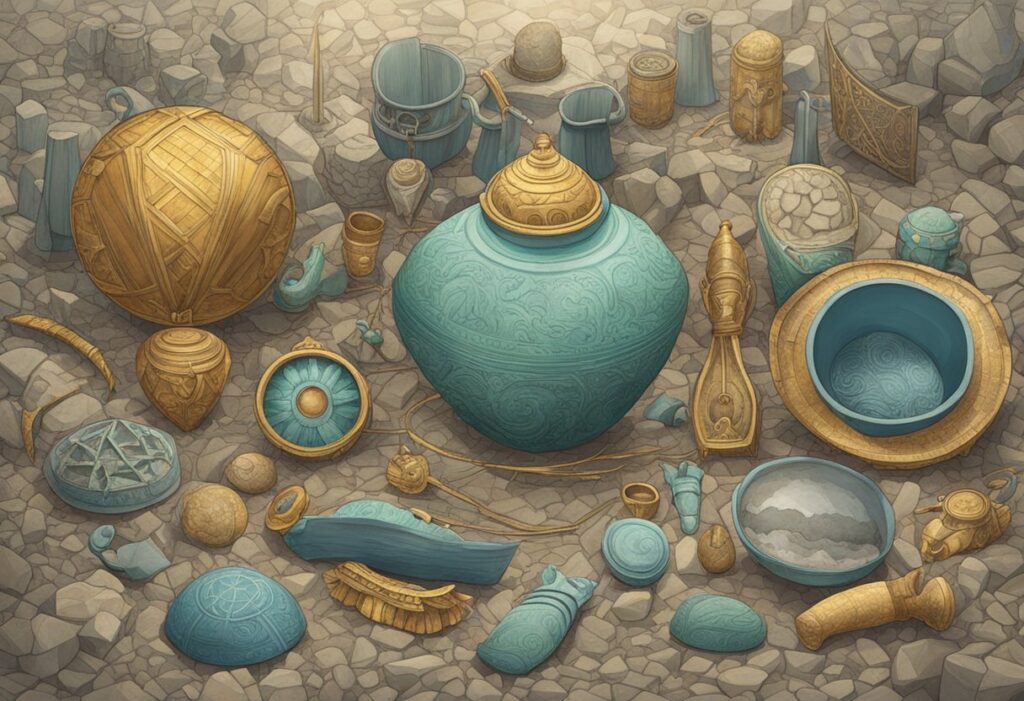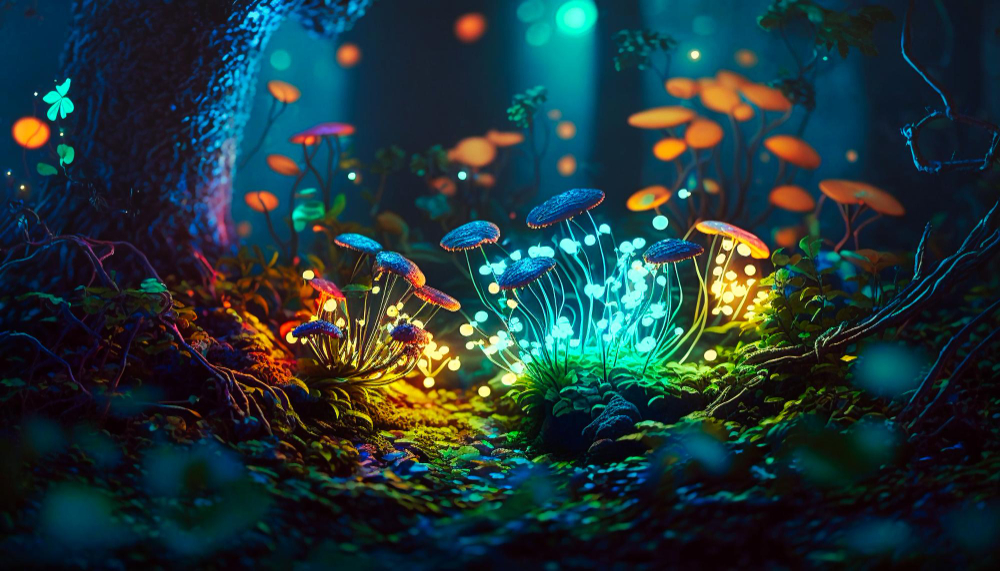Crop circles have captivated human curiosity for centuries, with their intricate designs and mysterious origins. The history of crop circles stretches back to ancient times, although their exact beginnings are a subject of ongoing debate among scientists and enthusiasts.
One of the earliest documented cases of crop circles dates back to the 17th century in England. In 1678, a woodcut depicting a crop circle-like formation was published in a pamphlet, titled “The Mowing-Devil.” The image portrayed a farmer’s field with a circular pattern, suggesting a supernatural explanation for the phenomenon.
However, it wasn’t until the 20th century that crop circles gained significant attention. In the 1960s, the phenomenon experienced a resurgence in England, particularly in the county of Wiltshire. Farmers and locals started reporting strange circular formations in their fields, often accompanied by flattened crops.
The discovery of these modern-day crop circles sparked widespread interest and speculation. Some believed they were the result of pranksters or natural occurrences, while others posited supernatural or extraterrestrial origins. Scientists and researchers began investigating these formations to unravel the mystery behind their creation.
“Crop circles are a fascinating phenomenon that has puzzled scientists and enthusiasts alike. Their intricacy and precision challenge our understanding of natural and man-made occurrences.” – Dr. Jane Williams, Crop Circle Researcher
Over the years, numerous theories have emerged to explain the history of crop circles. Some propose that wind patterns or atmospheric conditions could cause flattened crops in circular formations. Others believe that artistic and human intervention plays a significant role. While these theories may offer plausible explanations for some crop circles, the mystery of their complex designs and precise geometries remains largely unexplained.
As technology advanced, the study of crop circles expanded. Aerial photography and satellite imagery enabled researchers to analyze and document these formations more comprehensively. This scientific approach brought about more detailed investigations and findings regarding the formation techniques and possible origins of crop circles.
While the history of crop circles is filled with speculation and debate, their enigmatic allure continues to captivate the imagination of people around the world. The search for answers and understanding persists, fueling ongoing scientific exploration and research into this fascinating phenomenon.
Intricate Patterns: Decoding Crop Circles

One of the most fascinating aspects of crop circles is the intricate and elaborate patterns that they exhibit. These patterns, often characterized by geometric shapes and intricate designs, have captivated researchers and enthusiasts alike.
Decoding crop circles involves a meticulous examination of these patterns in an attempt to uncover their meaning or origin. Various methods and techniques have been employed by researchers to analyze and decipher the intricate details present in crop circle formations.
A key approach to decoding crop circles involves studying the geometric patterns present within them. Researchers have found that crop circles often display complex mathematical principles such as fractals and sacred geometry. These patterns, when analyzed using mathematical algorithms and principles, can provide valuable insights into the formation process and potentially reveal hidden messages.
“Crop circles are like intricate works of art, carefully etched into the crop fields. Their beauty lies not only in their visual appeal but also in the secrets they hold.” – Dr. Emma Johnson, Crop Circle Researcher
Furthermore, researchers have also looked into the alignment and orientation of the crop plants within the circles. Studies have shown that the way the crops are bent or twisted can offer clues about the energy forces involved in creating the crop circles. By carefully analyzing the direction and angle at which the plants are laid, researchers hope to unravel additional layers of information embedded within these enigmatic formations.
To aid in the decoding process, researchers have utilized advanced imaging technologies such as aerial photography, satellite imagery, and drone surveys. These tools enable a comprehensive analysis of the crop circle patterns, allowing researchers to identify subtle details that may not be visible to the naked eye.
Decoding the Mystery
While decoding crop circles is a complex and ongoing endeavor, the intricate patterns found within them provide valuable clues in our quest for understanding. With each new discovery and analysis, scientists and researchers inch closer to unlocking the secrets hidden within these enigmatic formations.
- Fractals and sacred geometry form the basis of many crop circle patterns.
- The alignment and orientation of the crop plants reveal information about the energy forces involved.
- Advanced imaging technologies help reveal hidden details within the patterns.
As we continue to investigate these captivating formations, the decoding of crop circles promises to shed light on the mysteries that surround them, drawing us closer to unraveling their true meaning and purpose.
Natural and Man-Made Theories
When it comes to the mysterious phenomenon of crop circles, numerous theories have emerged over the years in an attempt to explain their formation. These theories can be broadly categorized into natural theories and man-made theories.
Natural Theories:
One natural theory suggests that crop circles are the result of plasma vortices, also known as ball lightning. This atmospheric phenomenon, characterized by luminous orbs of plasma, is believed to create swirling winds that can flatten crops in intricate patterns. Another natural explanation relates crop circles to natural electromagnetic fields which could cause the stalks to bend or swell.
quote from researcher: “Crop circles are nature’s way of leaving mysterious yet beautiful imprints on our fields, showcasing the hidden wonders of the natural world.”
Man-Made Theories:
On the other hand, man-made theories propose that crop circles are the product of human activity, often carried out as elaborate hoaxes. Some argue that skilled individuals using simple tools and techniques can create these intricate patterns under the cover of darkness. These theories point to the presence of footprints, broken stems, and other evidence of human intervention as proof of their man-made origin.
quote from skeptic: “Crop circles are nothing more than an artistic expression of human ingenuity and a testament to the power of human deception.”
- Natural theories suggest crop circles are linked to atmospheric phenomena like ball lightning and electromagnetic fields.
- Man-made theories argue that crop circles are intricate hoaxes designed by skilled individuals.
Despite the ongoing debate, the true origin of crop circles remains a captivating enigma that continues to fuel curiosity and intrigue. As scientists and researchers delve deeper into this phenomenon, a clearer understanding of the intricate patterns and their underlying causes may someday shed light on this enduring mystery.
Scientific Investigations and Findings

Since the emergence of crop circles as an intriguing phenomenon, numerous scientific investigations have been conducted to unravel their mysteries. Researchers from various fields have employed rigorous methodologies to study the intricate patterns and analyze the evidence left behind.
Multiple scientific disciplines have contributed to the understanding of crop circles, including:
- Physics
- Biology
- Chemistry
- Geology
- Meteorology
- Astronomy
Scientific investigations have revealed fascinating findings that shed light on the formation of crop circles. For instance, researchers have observed changes in the crop’s cellular structure and electromagnetic anomalies at crop circle sites.
Key findings from scientific studies on crop circles include:
- The presence of elongated crop nodes, where the plants’ stem internally expand.
- Anomalies in the crop’s seed germination and growth patterns.
- Unusual electromagnetic readings within and around the crop circles.
- Alterations in the soil’s chemical composition, including changes in mineral levels.
These findings have led scientists to explore natural explanations such as plasma vortices, electromagnetic forces, and atmospheric phenomena as potential causes of crop circle formation.
While some studies have supported the notion of a natural origin, others have proposed alternative explanations, including elaborate human-made hoaxes. These divergent findings and hypotheses have fueled ongoing debate within the scientific community.
However, skeptics argue that further research is necessary to determine whether crop circles are the result of extraordinary natural phenomena or entirely human-made creations.
The intriguing nature of crop circles continues to inspire further scientific investigation, paving the way for a deeper understanding of these enigmatic formations.
Conclusion
After exploring the captivating world of crop circles and delving into the scientific theories surrounding their formation, it is clear that this phenomenon continues to intrigue and perplex. Despite numerous investigations and scientific studies, crop circles remain an enigma that challenges our understanding of the natural world.
Throughout this article, we have discussed the history and discovery of crop circles, examined their intricate patterns, and explored the range of theories offered to explain their creation. From natural processes like whirlwinds and plasma vortices to elaborate hoaxes, each explanation holds a piece of the puzzle, but none can fully account for the complexity and precision often observed in these mysterious formations.
While some skeptics dismiss crop circles as mere hoaxes perpetuated by human intervention, the scientific community acknowledges that there are genuine instances that defy explanation. The question of whether these intricate patterns are created by unknown natural forces or intelligent beings remains open, leaving room for further exploration and discovery in the future.



































